Can Termites Swim? Can They Swim or Drown?
Did you know that termites can hold their breath underwater in damp conditions for extended periods of up to 30 minutes as part of their survival tactics? It’s wild to think about, but it raises an important question: can termites swim in much water like ants in damp conditions? I’ve often wondered how these tiny creatures, like live termites, manage to survive in various environments, especially when water is involved, including subterranean termites and winged termites among the termite workers.
Understanding wood termites, winged termites, and how termites target pools with much water is crucial for homeowners and pest control experts alike. It helps us prevent infestations and protect our homes. In this post, I’ll explore the fascinating world of termites and explore their swimming abilities. I’ll also share tips on how to detect and manage these pests, including termite infestation and winged termites, and discuss termite protection effectively. Get ready to uncover the truth about these remarkable winged termites and learn how to keep a termite infestation at bay with effective termite protection.
Key Takeaways
- Termites can survive in water for short periods, but they are not strong swimmers and prefer dry environments.
- Understanding how long termites can survive in water helps in assessing the risk of infestations near water sources.
- Homeowners should regularly inspect areas prone to moisture to prevent winged termites and termite infestations, especially after heavy rains.
- Implementing effective control methods, such as using barriers and regular treatments, can significantly reduce the risk of termites.
- If you suspect a termite problem, including winged termites, consider consulting a pest control professional for tailored solutions based on your home’s needs.
- Keep your property well-maintained by fixing leaks and removing standing water to deter termites from establishing a presence.
Termite Water Survival
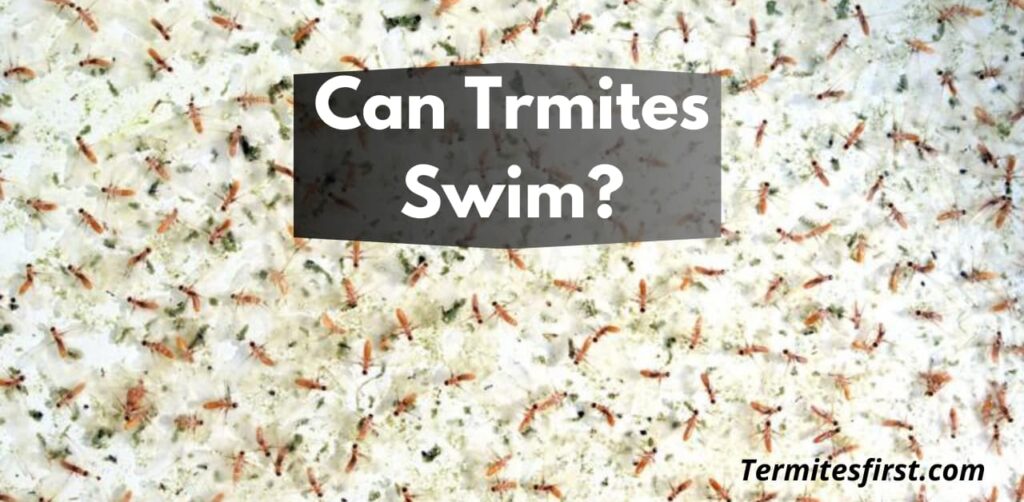
Can Termites Survive Water
Termites can survive underwater for hours to days. The exact duration depends on the species and conditions. Some winged termites may last only a few hours, while others can endure longer. Water plays a crucial role in termite hydration and helps with cellulose digestion. I find it fascinating how these winged termites adapt to their environment. They often seek damp areas, which provide the moisture winged termite they need.
These pests are drawn to moist environments. They thrive in places where wood is decaying or where there’s excess moisture, like winged termites. This attraction to wet conditions is essential for the winged termite’s survival and reproduction.
How Termites Survive in Water
Termites breathe through tiny openings called spiracles. These spiracles allow the winged termite to take in oxygen from the air. When submerged, termites can close these openings to conserve oxygen. I learned that this ability is vital for their survival underwater, like a winged termite.
When termites are submerged, they enter an immobile state. This state helps them conserve energy and oxygen. Evolution has favored adaptations that allow some species to survive in aquatic environments. These adaptations make them more resilient than many might think.
Termite Behavior Near Water
Termites show a strong attraction to moist areas for nesting and feeding. They often build their colonies near water sources. During wet conditions, termite activity increases significantly. They become more active as they search for food and mates.
Proximity to water sources greatly influences colony behavior and growth. Moisture allows colonies to expand and thrive. I have noticed that after heavy rains, my yard seems to have more termite activity.
Risks of Water Survival
Impact on Structures
Flooding can significantly damage termite colonies. Water can destroy their tunnels, making it harder for them to survive. I have seen firsthand how heavy rains can wash away parts of a colony. This destruction often leads to increased infestations as termites seek new homes.
Waterlogged conditions create ideal environments for termites to thrive. They can easily move through moist wood, which weakens the structure. Long-term exposure to water can lead to severe structural risks in buildings. Wood becomes soft and more appealing to these pests. Without proper monitoring, this can result in costly repairs.
Behavior Near Water Sources
Termites are resourceful creatures. They use floating debris to navigate through water. This behavior helps them find new nesting sites. I once observed termites traveling across small puddles using bits of leaves and twigs as rafts.
These pests tend to build nests near water sources to maintain moisture levels. It provides them with the hydration they need for survival. Seasonal rainfall patterns also affect termite activity. Increased rain can lead to higher populations and more visible signs of infestation.
Risks to Nearby Structures
Homes located near water bodies face a greater risk of termite infestations. The likelihood increases due to the moist environment that attracts these pests. I always recommend inspecting properties near rivers or lakes regularly.
Increased termite activity leads to potential structural damage in homes. Termites can weaken support beams and cause ceilings to sag over time. Monitoring is crucial for properties adjacent to water sources. Homeowners should look for signs such as mud tubes or damaged wood.
Methods to Control Termites
Effectiveness of Drowning
Certain termite species can survive underwater for a few hours. For instance, winged termites can last up to 30 minutes, while worker termites may endure longer in certain conditions. However, drowning is not a reliable method for controlling termite populations. Flooding or water saturation can lead to temporary relief but does not eliminate the entire infestation. Many times, enough worker termites remain after flooding to continue their destructive work.
I once read about how some homeowners tried to use flooding as a solution. Their homes still faced issues because the termites returned quickly. The reality is that drowning might reduce numbers briefly but won’t solve the problem.
Using Boiling Water
Boiling water has immediate effects on termites that come into direct contact with it. It kills them almost instantly, making it a quick fix for localized infestations. However, using boiling water as a comprehensive treatment method has limitations. It only targets visible colonies and does not reach hidden areas where termites thrive.
In my experience, boiling water works well when you spot a small group of termites in your garden. Pouring it directly onto them can effectively eliminate those pests. Still, relying on this method alone is insufficient for larger infestations.
Other Control Methods
Homeowners should consider alternative pest control strategies beyond boiling water. Termite treatments often include bait systems and chemical applications that target nests more effectively than boiling water or drowning. Professional pest control services offer expertise in identifying and treating infestations comprehensively.
Preventative measures are also crucial. Homeowners can reduce termite risks by keeping wood away from moist areas and sealing entry points. Regular inspections help catch potential problems early.
I believe that investing in termite protection is essential for any home in an area prone to these pests. The peace of mind from knowing your home is treated properly is worth it.
Conclusion:-
I’ve explored how termites can survive in water and the risks that come with it. Understanding these pests helps me take better control measures. Whether it’s preventing infestations or managing existing ones, knowledge is power.
If you suspect termite activity in your home, don’t wait. Act now to protect your space. Reach out to a pest control expert today for tailored solutions. Let’s keep our homes safe from these sneaky invaders together!
FAQs:-
Termites cannot swim like fish. However, they can float on water for a short time and may survive submerged conditions temporarily.
Termites can survive underwater for about 30 to 40 minutes. Their ability to hold their breath varies by species.
Yes, some termite species prefer damp environments. They often build nests in or near moist wood or soil.
Wet areas increase termite activity, leading to wood damage and structural issues. Moisture attracts them, creating a higher risk of infestations.
To control termites, eliminate standing water, seal wood structures, and use chemical barriers. Regular inspections help prevent infestations.
Yes, baiting systems and liquid insecticides are effective near water sources. Consult a pest control expert for tailored solutions.
Flooding can displace termite colonies but may not eliminate them. They often relocate and continue their destructive behavior elsewhere.

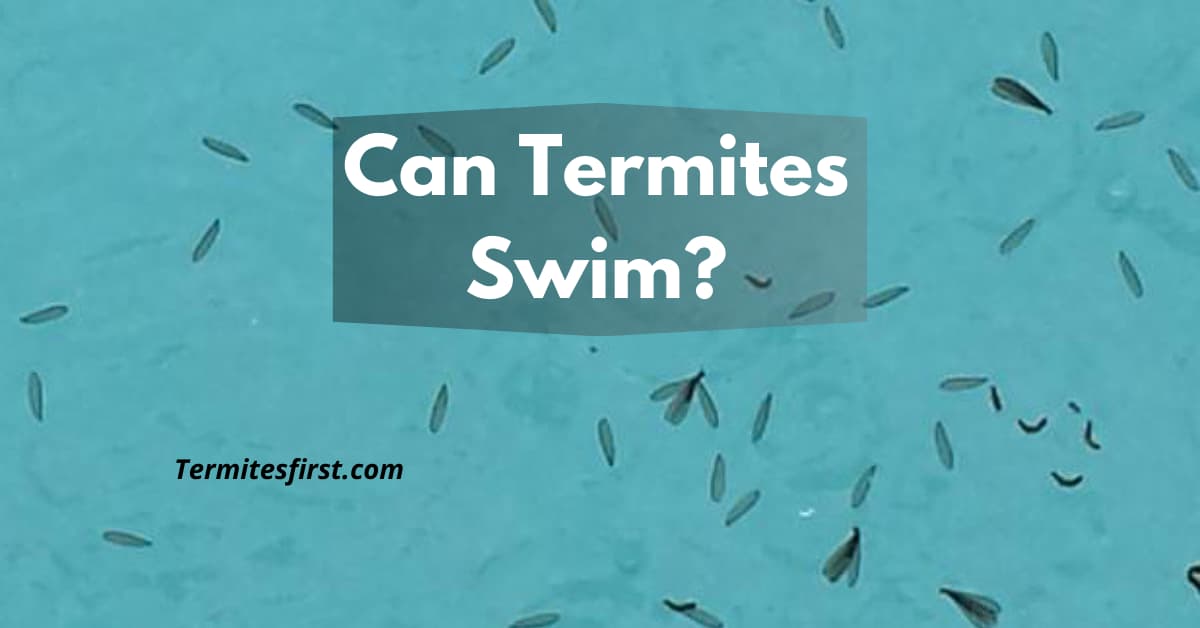
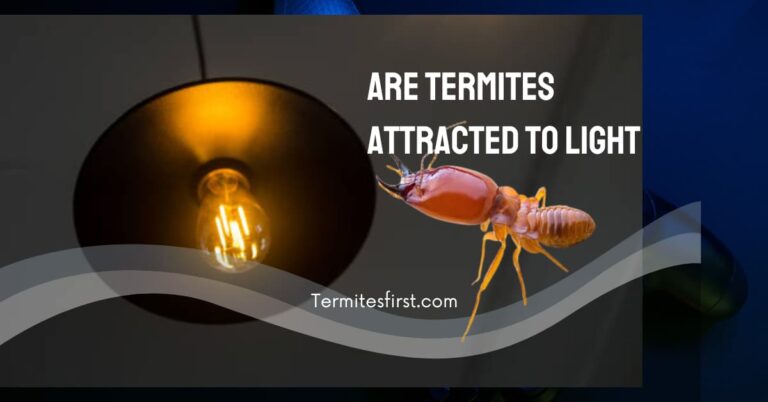

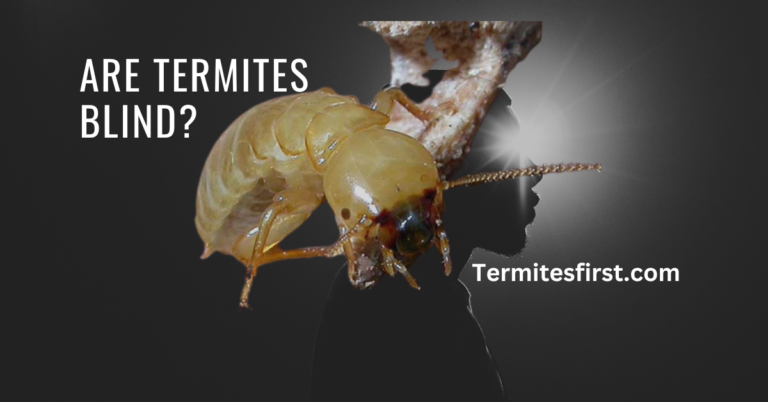
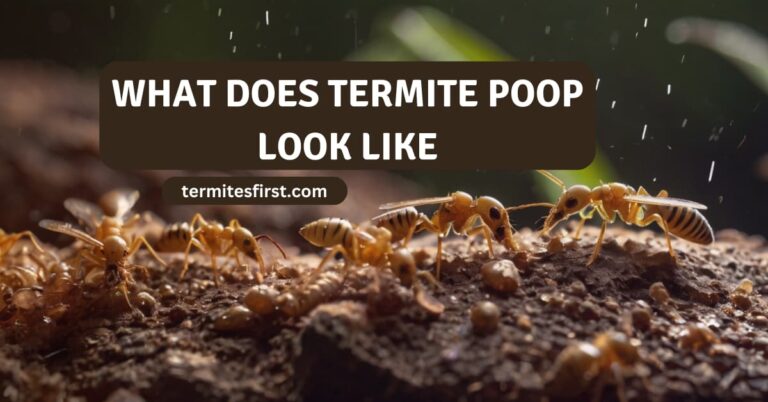
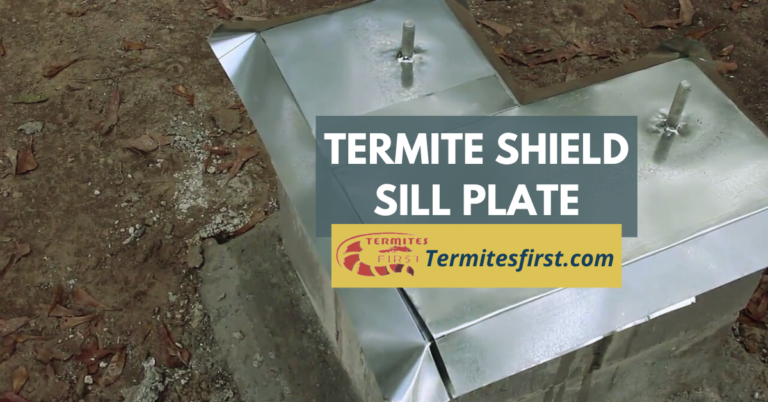
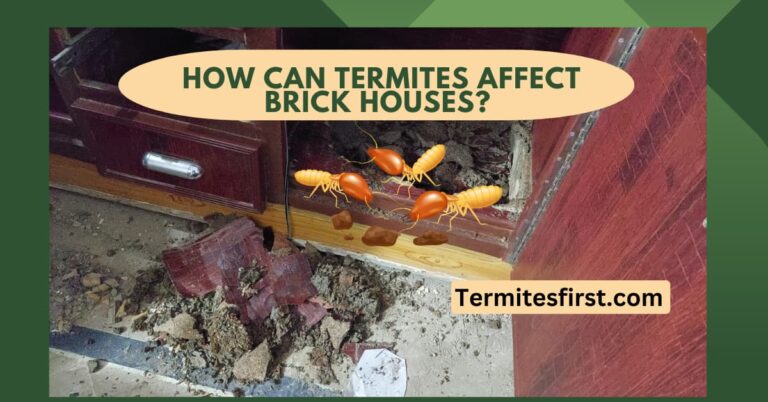
2 Comments